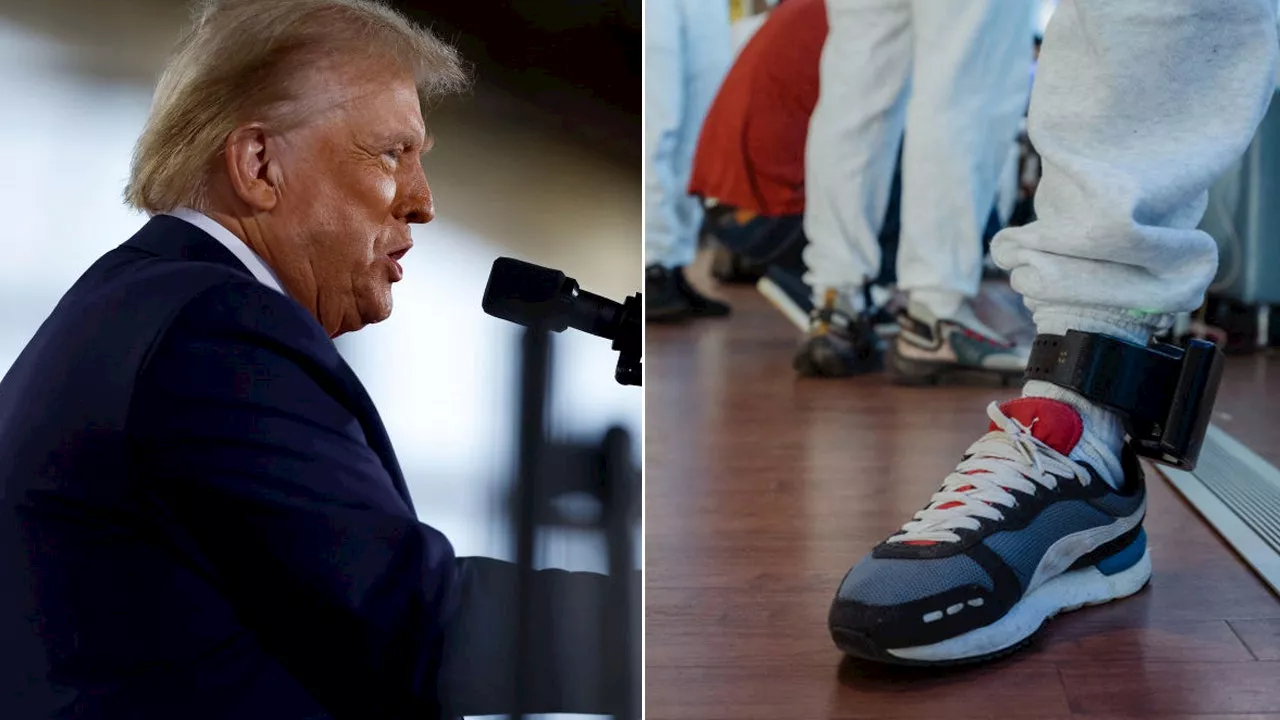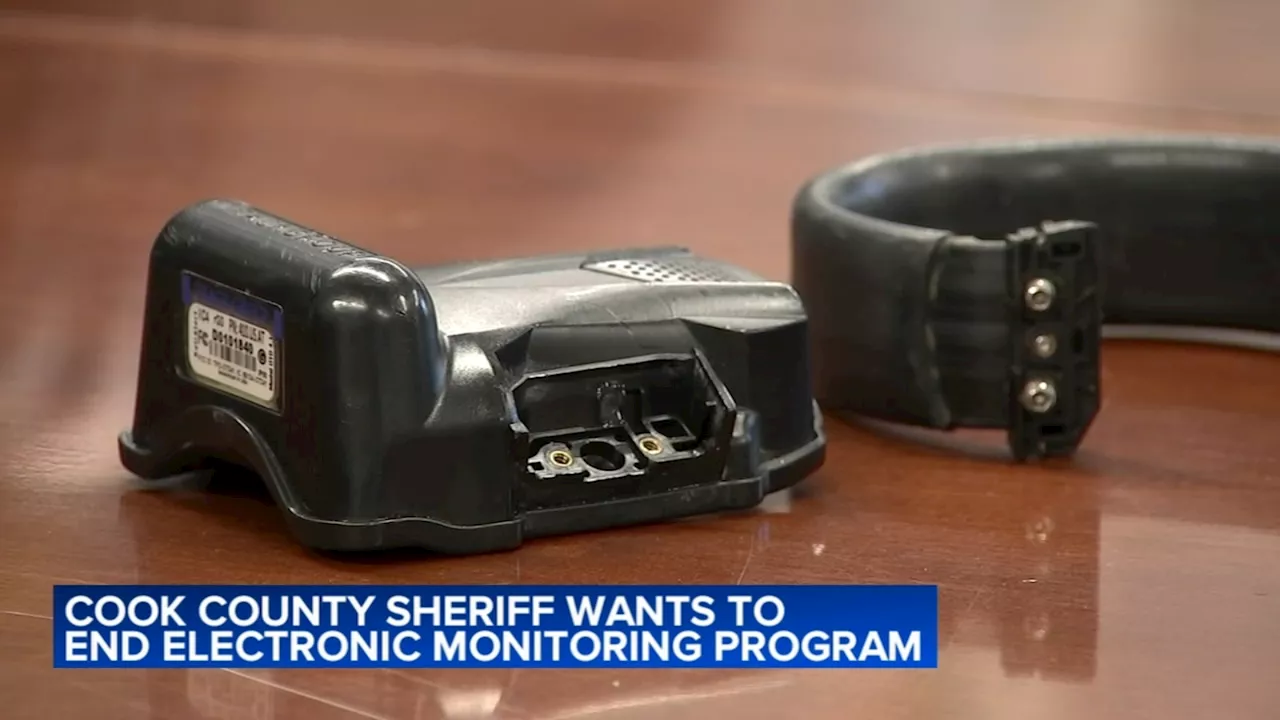A research team proposes a method to assess cancer patients for their likelihood to either respond to treatment or relapse.
Researchers from Iwate Medical University and Tohoku University have revealed that it is possible to predict cancer relapse and treatment response by measuring circulating tumor DNA , in tandem with data from comprehensive genomic profiling .
The research team proposed that patients who underwent CGP could undergo ctDNA monitoring by using digital PCR . The OTS-Assay was originally developed at Iwate Medical University, and has been clinically validated for a number of different cancers. Strengthening our knowledge and further testing the validity of this system is crucial, so that it can potentially become more commonplace in clinical practice.
The clinical validity of the OTS-Assay was evaluated for"early relapse prediction,""treatment response evaluation," and"no relapse/regrowth corroboration." Monitoring of ctDNA by dPCR was performed in 11 patients. Overall, 10 of 11 patients achieved at least one of the following validated outcomes:"early relapse prediction,""treatment response evaluation," and"no relapse/regrowth corroboration.
New findings may lead to relapse-free treatment for a sizeable subgroup of lung cancer patients. In a study in mice, scientists have identified a biomarker that may help physicians select lung cancer ...
Patient Education And Counseling Diseases And Conditions Today's Healthcare Cancer Colon Cancer Breast Cancer Lung Cancer
United States Latest News, United States Headlines
Similar News:You can also read news stories similar to this one that we have collected from other news sources.
 Trump Transition Team Explores Expanding GPS Monitoring of Undocumented ImmigrantsThe incoming Trump administration is considering significantly expanding the use of ankle-worn GPS monitors to track undocumented immigrants not in federal custody. This move aims to strengthen deportation efforts and monitor a larger population while ICE detention capacity remains limited.
Trump Transition Team Explores Expanding GPS Monitoring of Undocumented ImmigrantsThe incoming Trump administration is considering significantly expanding the use of ankle-worn GPS monitors to track undocumented immigrants not in federal custody. This move aims to strengthen deportation efforts and monitor a larger population while ICE detention capacity remains limited.
Read more »
 Technology for Enhanced Sex Offender Monitoring Available in Wiregrass AreaSix sheriff's departments in the Wiregrass region of Alabama are now equipped with new technology to better monitor sex offenders thanks to a Department of Justice grant and the efforts of three district attorneys. The grant, awarded to the Alabama Office of Prosecution Services, provides computers, iPads, and scanners to enhance tracking, monitoring, and information sharing capabilities.
Technology for Enhanced Sex Offender Monitoring Available in Wiregrass AreaSix sheriff's departments in the Wiregrass region of Alabama are now equipped with new technology to better monitor sex offenders thanks to a Department of Justice grant and the efforts of three district attorneys. The grant, awarded to the Alabama Office of Prosecution Services, provides computers, iPads, and scanners to enhance tracking, monitoring, and information sharing capabilities.
Read more »
 New Lidar Technology Could Revolutionize Ocean Plastic Pollution MonitoringA newly developed hyperspectral Raman imaging lidar system offers a promising solution for identifying and monitoring plastic pollution in the ocean. This innovative technology can detect and differentiate various types of plastics from a distance, potentially revolutionizing cleanup and prevention efforts.
New Lidar Technology Could Revolutionize Ocean Plastic Pollution MonitoringA newly developed hyperspectral Raman imaging lidar system offers a promising solution for identifying and monitoring plastic pollution in the ocean. This innovative technology can detect and differentiate various types of plastics from a distance, potentially revolutionizing cleanup and prevention efforts.
Read more »
 Joe Burrow Focused on Bengals' Playoff Hopes, Monitoring Other GamesJoe Burrow acknowledges the Cincinnati Bengals' need for wins and favorable outcomes from other teams to secure a playoff berth. He emphasizes the importance of tracking scores, especially during this crucial stretch of the season.
Joe Burrow Focused on Bengals' Playoff Hopes, Monitoring Other GamesJoe Burrow acknowledges the Cincinnati Bengals' need for wins and favorable outcomes from other teams to secure a playoff berth. He emphasizes the importance of tracking scores, especially during this crucial stretch of the season.
Read more »
 Cook County Sheriff Wants to End Electronic Monitoring ProgramCook County Sheriff Tom Dart is calling for an end to the electronic monitoring program citing the SAFE-T Act as the reason. He argues that the act allows defendants awaiting trial two days a week of unrestricted movement, leading to an increase in criminal activity.
Cook County Sheriff Wants to End Electronic Monitoring ProgramCook County Sheriff Tom Dart is calling for an end to the electronic monitoring program citing the SAFE-T Act as the reason. He argues that the act allows defendants awaiting trial two days a week of unrestricted movement, leading to an increase in criminal activity.
Read more »
 Cook County Sheriff to End Electronic Monitoring ProgramCook County Sheriff Tom Dart announced the end of his office's electronic monitoring program, citing concerns about its effectiveness and security. He aims to transfer the program to Chief Judge Timothy Evans' circuit court in April 2025, aligning with the practice in most other jurisdictions. Dart criticized the Illinois General Assembly for allowing monitors to be deactivated at times, deeming it reckless. He believes home monitoring should strictly confine individuals to their residences except for essential activities.
Cook County Sheriff to End Electronic Monitoring ProgramCook County Sheriff Tom Dart announced the end of his office's electronic monitoring program, citing concerns about its effectiveness and security. He aims to transfer the program to Chief Judge Timothy Evans' circuit court in April 2025, aligning with the practice in most other jurisdictions. Dart criticized the Illinois General Assembly for allowing monitors to be deactivated at times, deeming it reckless. He believes home monitoring should strictly confine individuals to their residences except for essential activities.
Read more »
